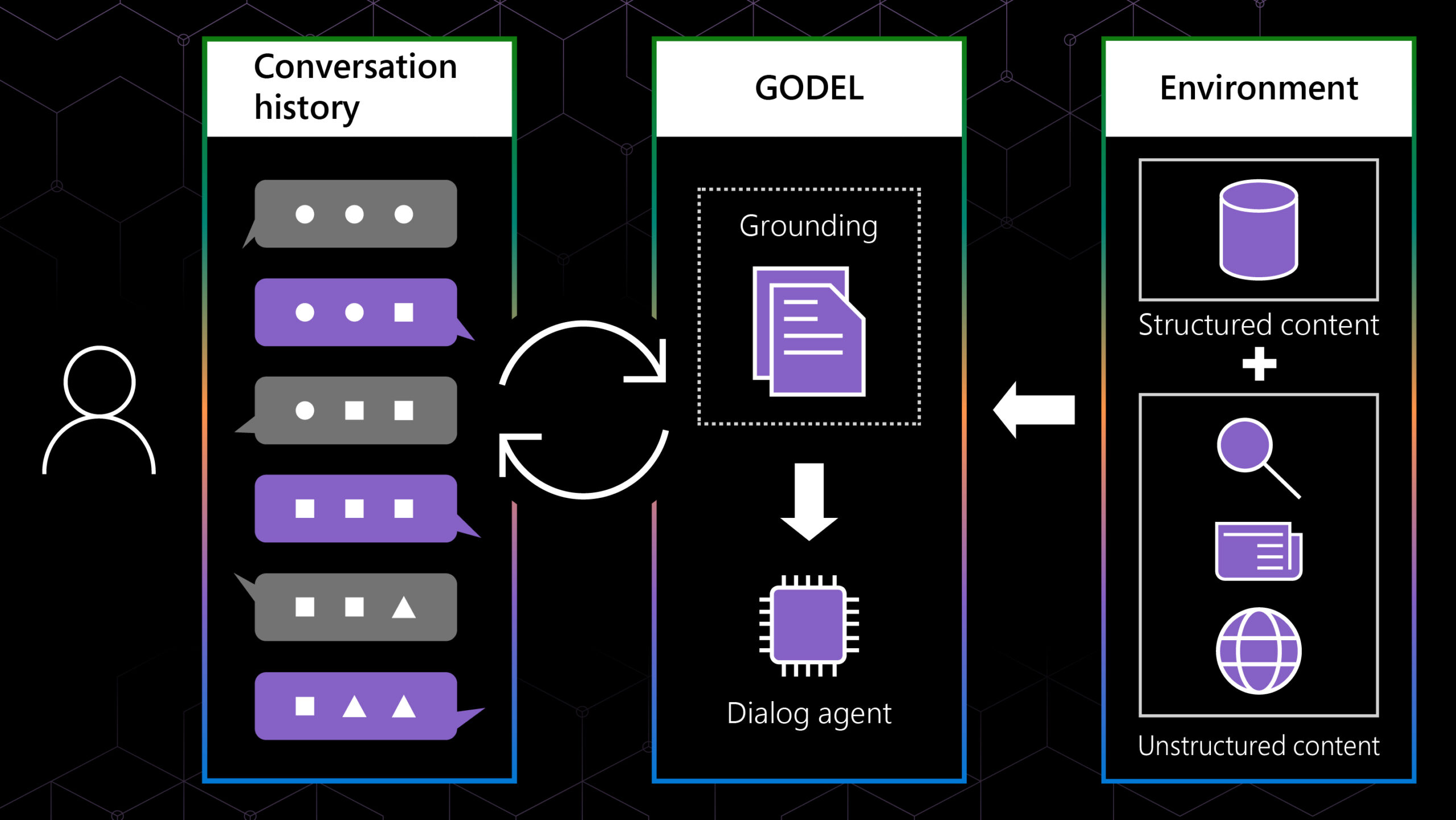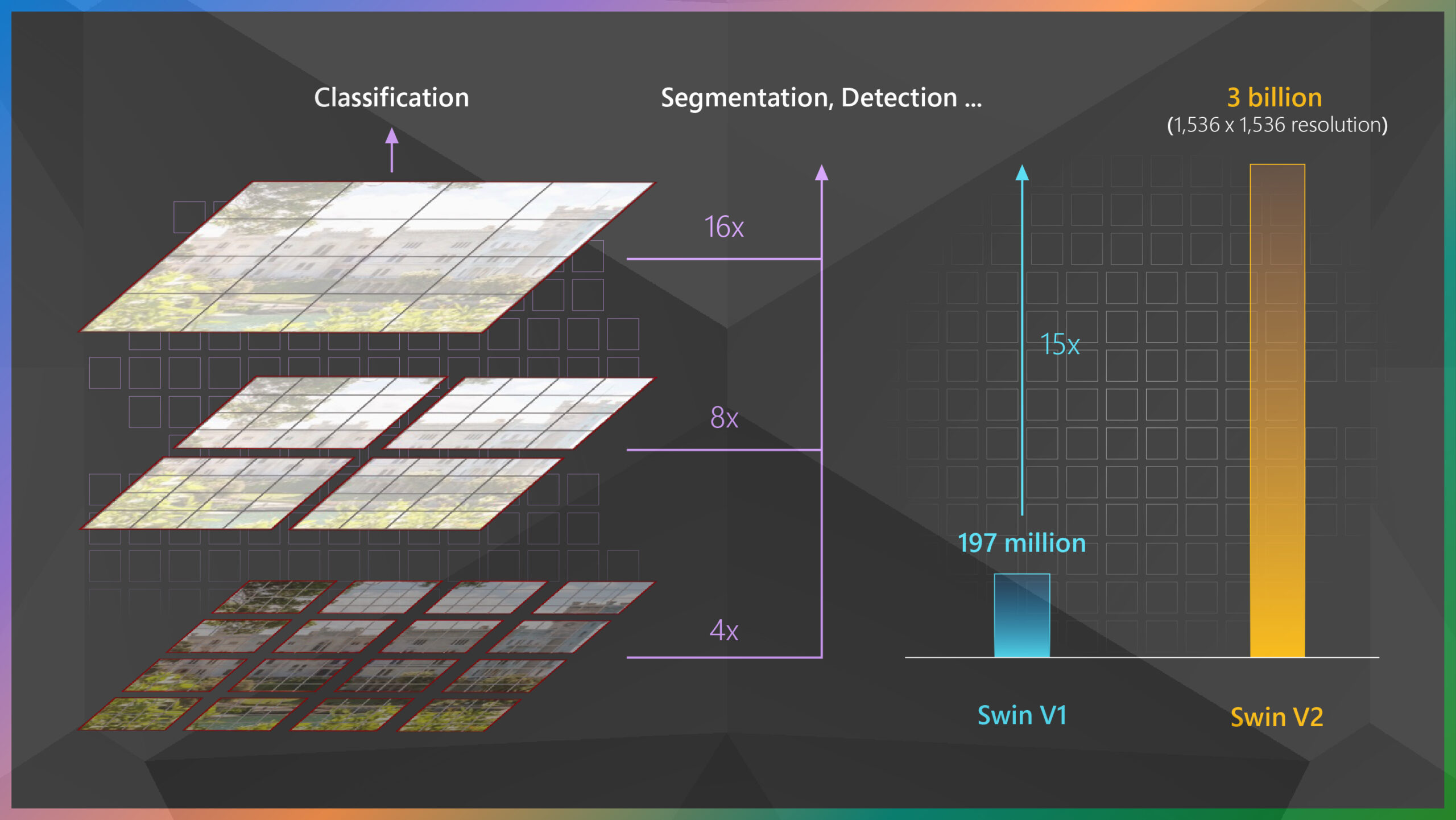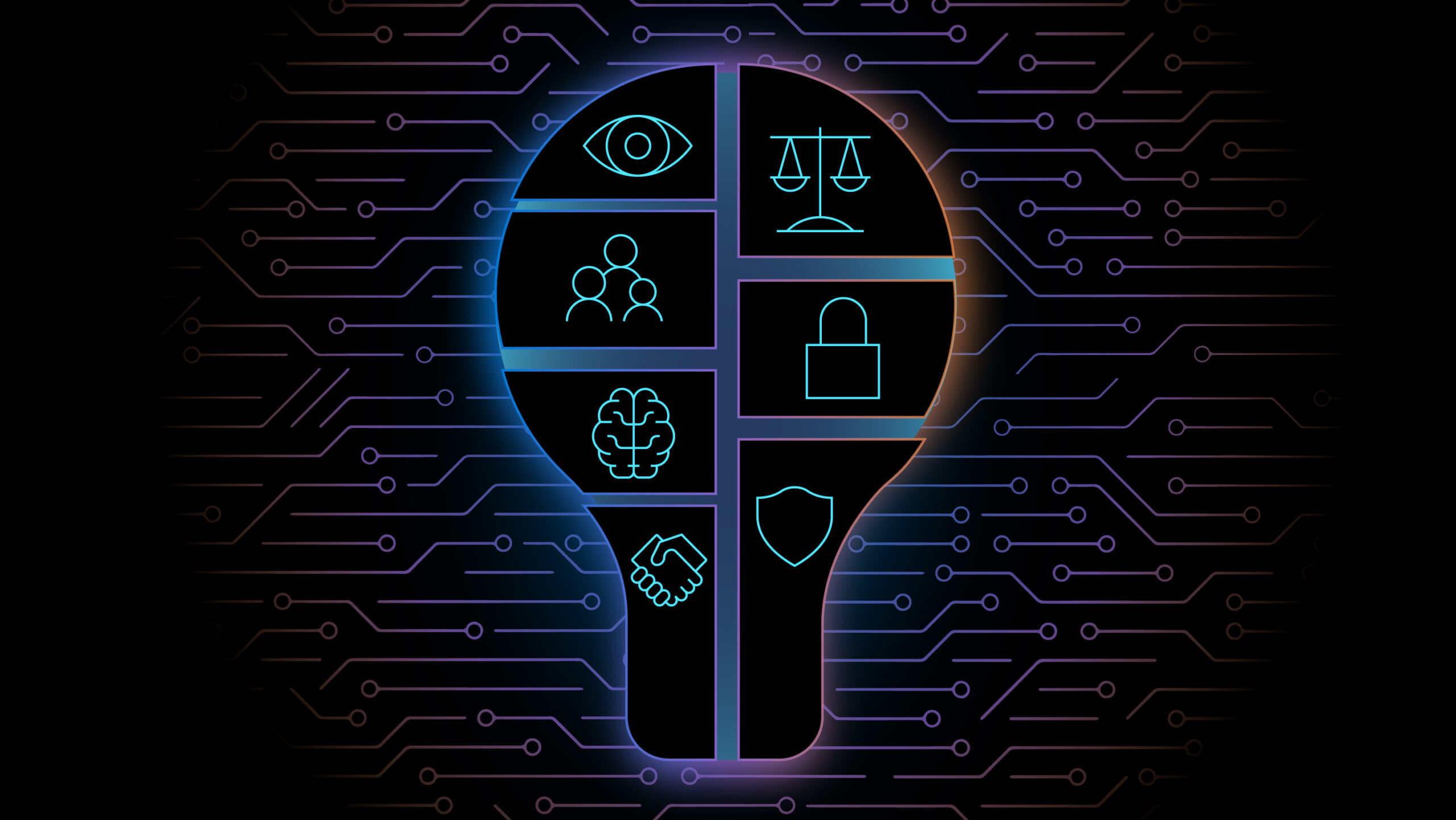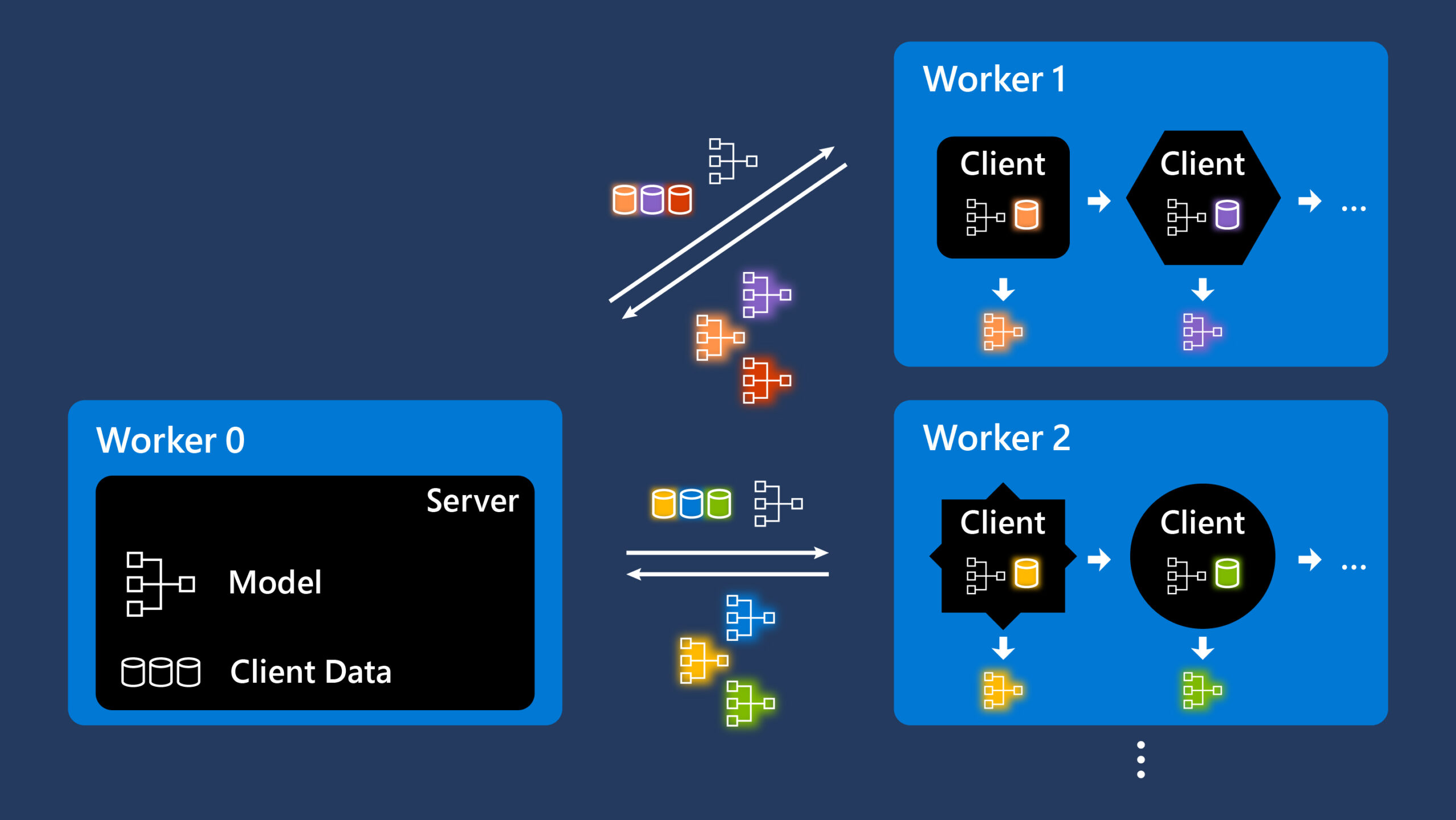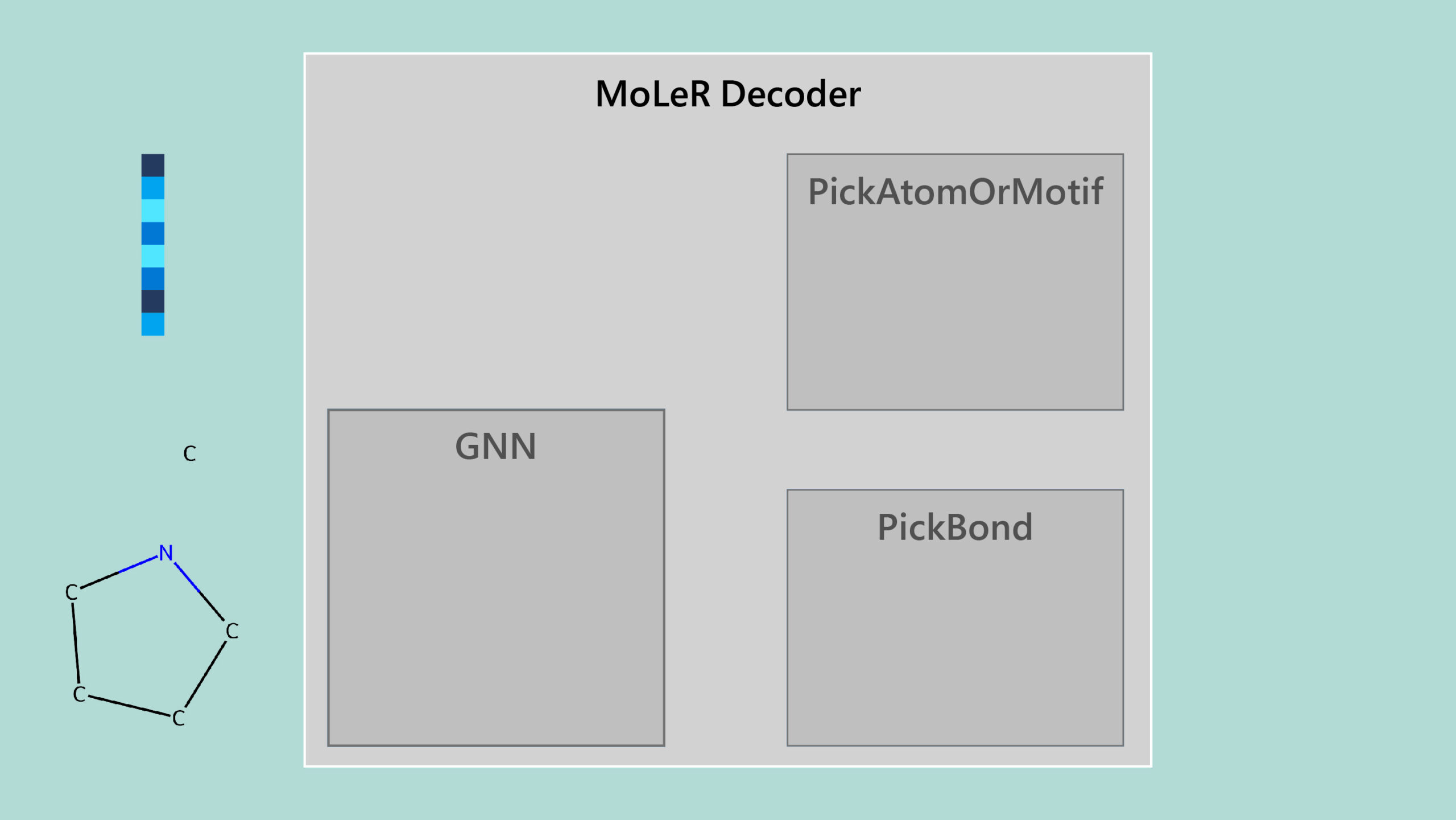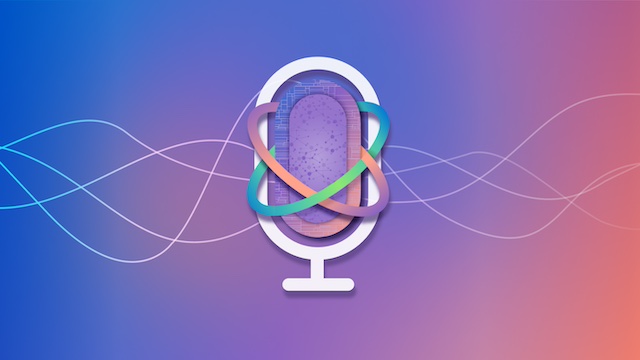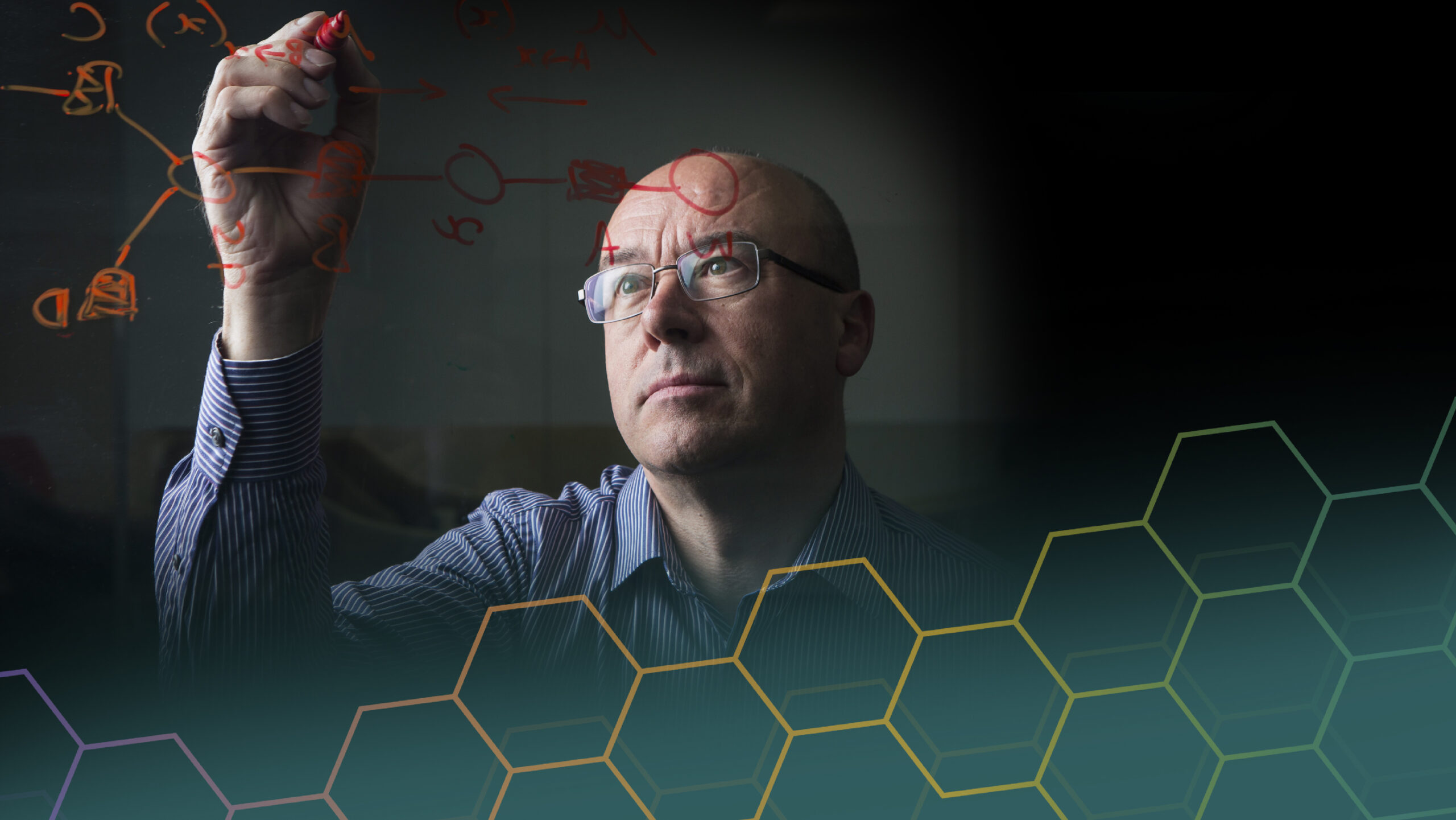
AI4Science to empower the fifth paradigm of scientific discovery
Editor’s note, Oct. 20, 2023 – The post was updated to remove information related to the Amsterdam lab, as those details have since changed. Over the coming decade, deep learning looks set to have a transformational impact on the natural sciences. The consequences are potentially…



